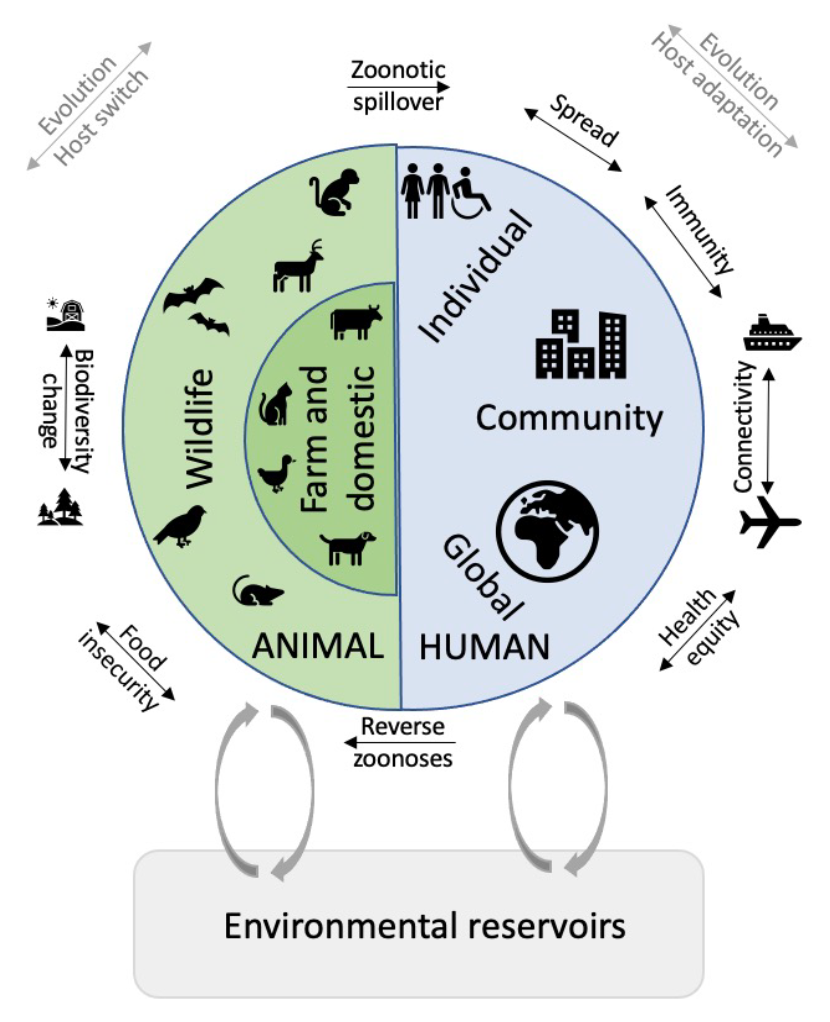
Figure 1. Emerging infectious disease models provide methods for assimilating multiple sources of information across multiple domains simultaneously.
The high value of modelling for pandemic preparedness and response has been highlighted in many jurisdictions (Centers for Disease Control and Prevention 2023; Doherty Institute 2021; Institut Pasteur 2021; Scientific Advisory Group for Emergencies 2021). Public health decisionmakers recognise the importance, effectiveness, and accuracy of high-quality modelling and now routinely request modelling support to understand infectious disease transmission and to provide evidence to support policy and programmatic decisions. At the most fundamental level, the models give a way of understanding the dynamics of a disease, providing a structure for evaluating the evidence, integrating information from different fields and studies, and starting to navigate towards decisions. Models are readily presented visually; as such, modelling is ideally placed to help convey science to policymakers.
a. Models provide methods for assimilating multiple sources of information simultaneously (Figure 1). These include changing immunity within the population, the evolution of the pathogen, and the behaviour of the population in terms of mobility, adherence to government guidelines and protective measures such as vaccination and masking.
b. Models describe uncertainty in outcomes and can tell us where we need additional data to be collected to help fill in unknowns. They also provide a way of synthesizing incomplete data to good effect (Quick et al. 2021).
c. Models can be used to evaluate “what if” (counterfactual) scenarios where the outcome of implementing alternative policies can be investigated.]
d. Models can integrate disease dynamics across multiple domains (Figure 1). This includes describing immunological and epidemiological processes driving how a disease spreads and evolves, coupling disease dynamics across human-animal-environment domains via a One Health approach (One Health Modelling Network). It also includes connecting human disease and public health policy to their impacts on economics, education, and the environment to understand the broader set of costs and benefits associated with our responses to pandemics (Bernstein et al. 2022). Such multidisciplinary integration provided by the models can reveal the socio-economic realities in adherence to public health measures and the need to take these into consideration in the formulation of policy (Brankston et al. 2021, Murty et al. 2021)
e. Models form a bridge, translating advanced mathematical tools into a form that provides powerful tools to address problems confronting public health (Murty and Wu, 2022).
f. Models can support evidence-based recommendations as well as scientific consensus-building in many areas (a few examples include resource allocation (Asgary et al. 2021), containment, and mitigation) (Public Health Agency of Canada 2022).
g. Models can be used to communicate public health measures. Although a sustained cadre of public health modellers is crucial, public trust is strengthened when modelling and scientific consensus-building is bolstered by those at armslength from decision-making (e.g., by university scientists). In the COVID-19 pandemic, public communication of modelling helped to bring support for public health measures, including vaccination and social distancing, by providing accurate, evidence-based information (McCarthy et al. 2020; Tang et al. 2020).
To build lasting capacity, it is essential for researchers to be engaged in the applied research that leads them to be experts on the most salient topics, for decision-makers to identify and collaborate with experts, and to have mechanisms to facilitate rapid responses when needed. A robust and routine connection between the modelling and adjacent scientific communities is needed even in non-emergency circumstances; for example, to respond to issues ranging from vaccine hesitancy to the recent mpox and Sudan ebolavirus outbreaks to the more common outbreaks of measles, pertussis and influenza.
Recognizing the diversity of possible modelling outcomes, decision-makers require that modellers, interacting with the broader scientific community, provide “serviceable truths.” Experience dictates that this is best achieved by an independent platform of advisors that is apolitical and that interfaces closely with colleagues within public health agencies, who understand both policymakers’ needs and modelling methodologies and their limitations. Such a platform can establish clear expectations about how science interacts with policy so that the details of interactions do not have to be reinvented during successive pandemics (Bhatia et al. 2023).
A successful integrated modelling community requires sustained and direct linkages among modellers, other scientific disciplines, stakeholders, and public health policy-makers—this is not just modellers doing modelling on their own. These linkages have been possible because of the direct bridge, convened by PHAC, between EIDM and modellers in government, a bridge that is anchored on the one side by the independence of academic research and on the other side by experts within public health that can ensure relevant questions are addressed, and that state-of-the-art methods are brought to policy questions. Maintaining this bridge requires a sustained core infrastructure to connect researchers as they train a strong workforce, which develops and strengthens the links, as well as continued capacity within government for successful engagement. The resulting known and trusted research infrastructure will then ensure maximum leverage of available expertise and funds when investments are made.